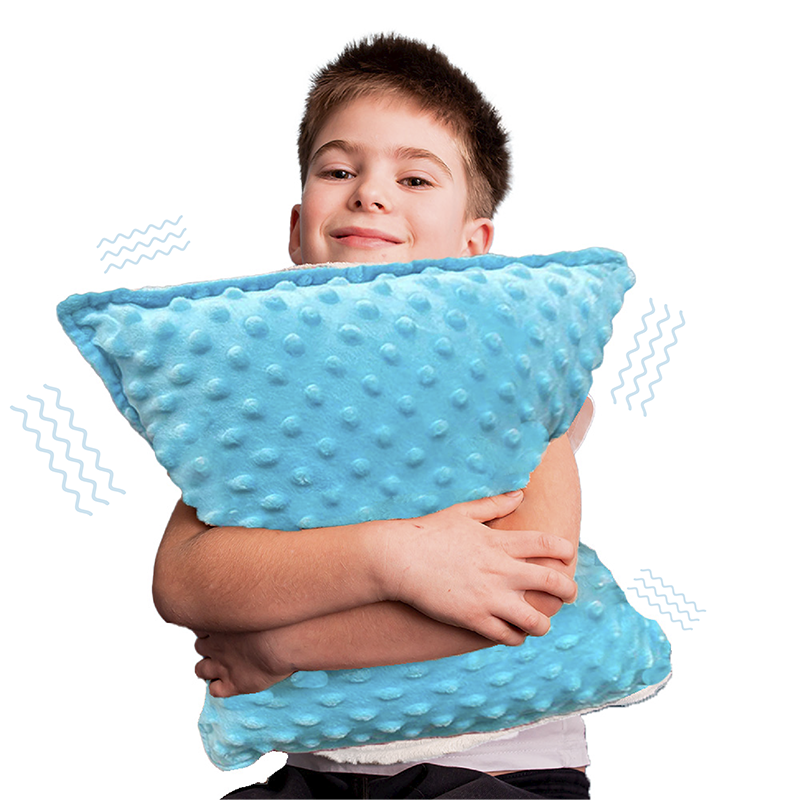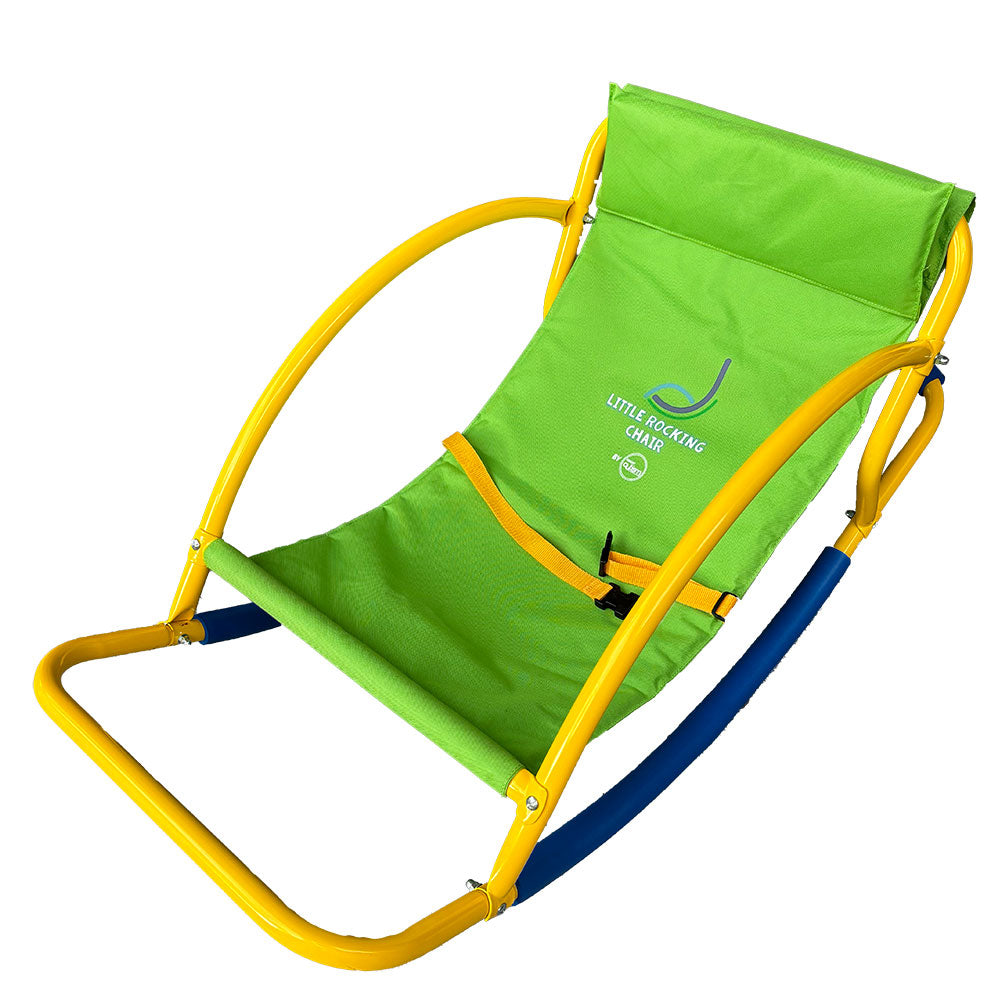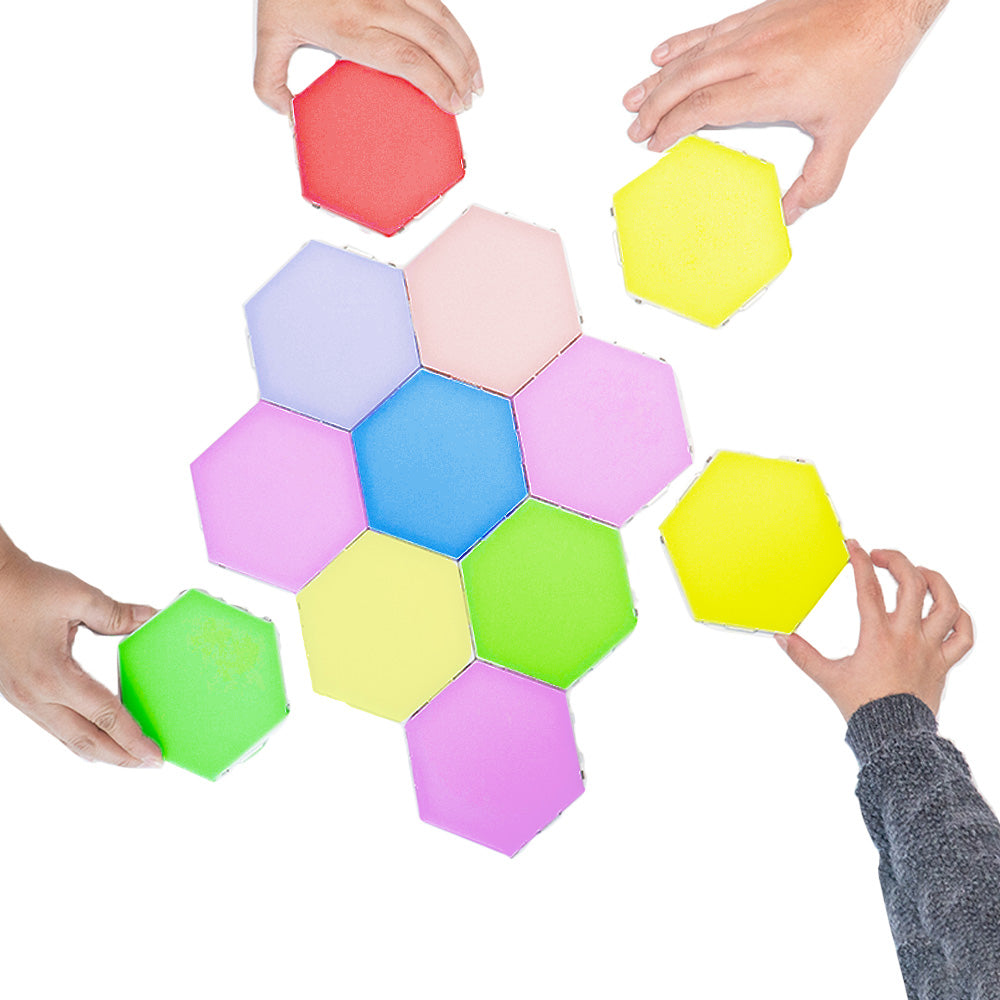

Description
Teach your child how to manage their emotions with this simple-to-follow emotions chart!
It’s quite easy to follow and with practice, your kiddo will learn what different emotions are all about and what to do when they feel a certain way.
Quite often emotions are a struggle for youngsters with autism. From recognizing their feelings to handling strong emotions kids with ASD need extra support.
As parents, you can give them that support! Teaching them emotional regulation is key for helping children with autism recognize emotions and manage their feelings.

With tools and practice, children can grasp the world of emotions and what to do with them. A visual aid is a handy tool to use when guiding kids through emotional regulation. Pictures and words reinforce what is being said. Visuals put abstract ideas into concrete ones. They also remind kids what to do in case they forget.
This Book:
Book on emotional regulation
Book to help control emotions
- Review the different emotions and what they mean. Managing emotions
- Model emotions to your child.
- Talk about body language like facial expressions and how they match up with different feelings, like frowny faces looks sad and smiley faces feel happy. Point to the pictures on the emotions chart and match them to the correct emotion labels.
- Practice the different emotions by role-playing actions and facial expressions in front of a mirror.
- Perfect for emotionally sensitive persons

Learn what to do when feeling a certain way:
- Review the different things your child can do when they feel a certain way from the ideas provided on the emotions chart.
- Teach your child how to become aware of what their body needs when they feel a certain way. Are they tired, hungry, hot, or cold? Take care of basic needs first.
- Talk about regulating how your body feels with different emotions and try a self-regulation activity first. Example: Feeling angry, take calming breaths first then deal with the angry feelings.
- Have your child select their favorite thing to do when they feel a certain way so they know what to do when they are feeling it.

When kids can see what emotions look like and what to do in those moments on an emotion chart they are better able to regulate their own emotions. They gain a deeper awareness of what’s going on with them and match it up to what they feel and handle different situations. ENJOY!
One of the most wonderful things about a book is its ability to reveal to us a little piece of ourselves. When we can relate to a story or a character, we are left with a better understanding of who we are and what our purpose may be. Check our blog The Best Books for Children under the Spectrum & Neurodiverse Kids
Reach Out If You Need Anything
Don’t hesitate to contact us if you need help navigating our catalog, or if you need expert advice on how best to help your child. We pride ourselves on offering outstanding customer service, and our four core values are growth, relationships, integrity, and passion. If there’s anything we can do to help you through your journey, all you have to do is let us know.
Vibration has many therapeutic benefits for people of all ages, with or without sensory processing disorders. LEARN MORE HERE
























